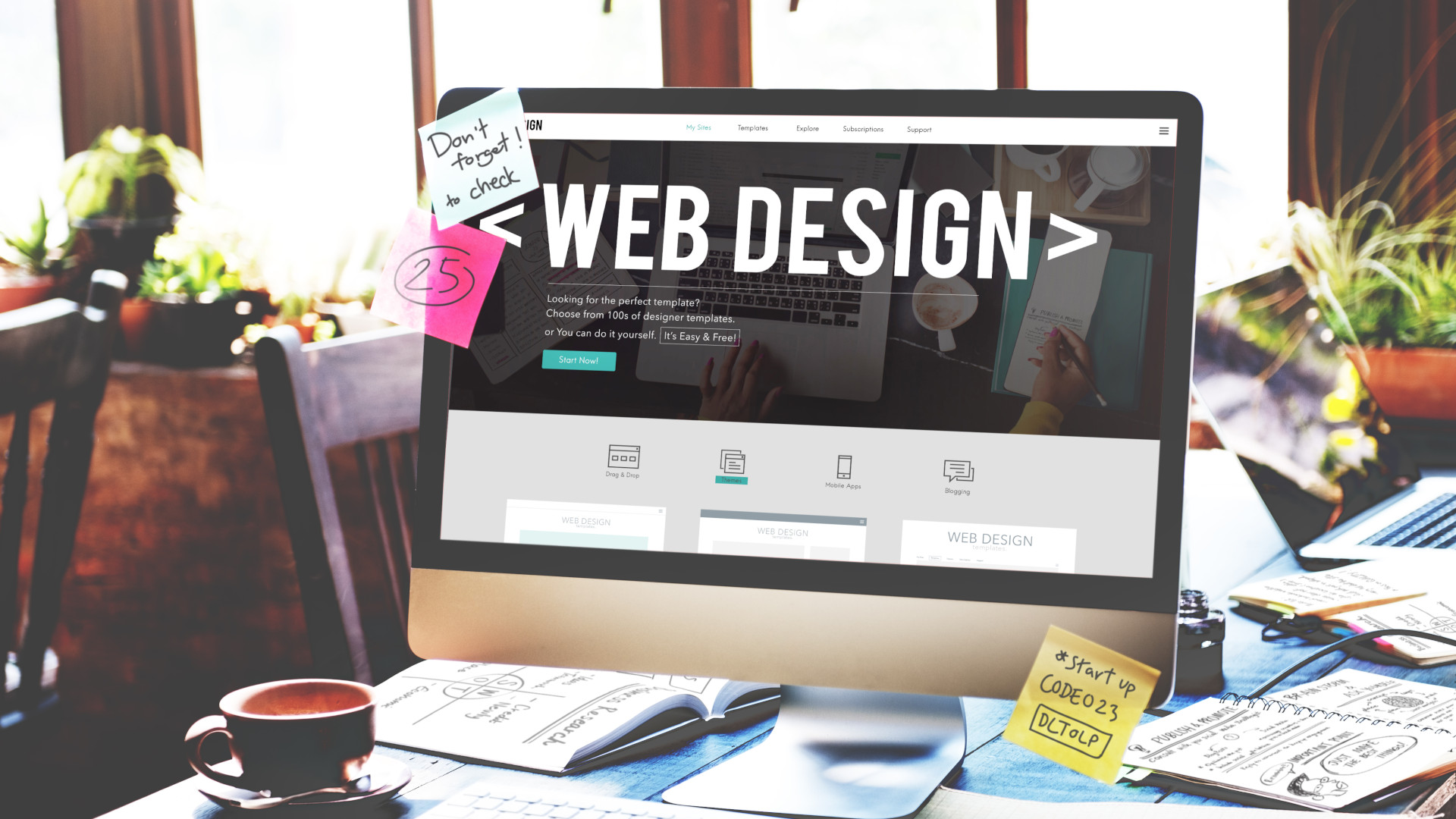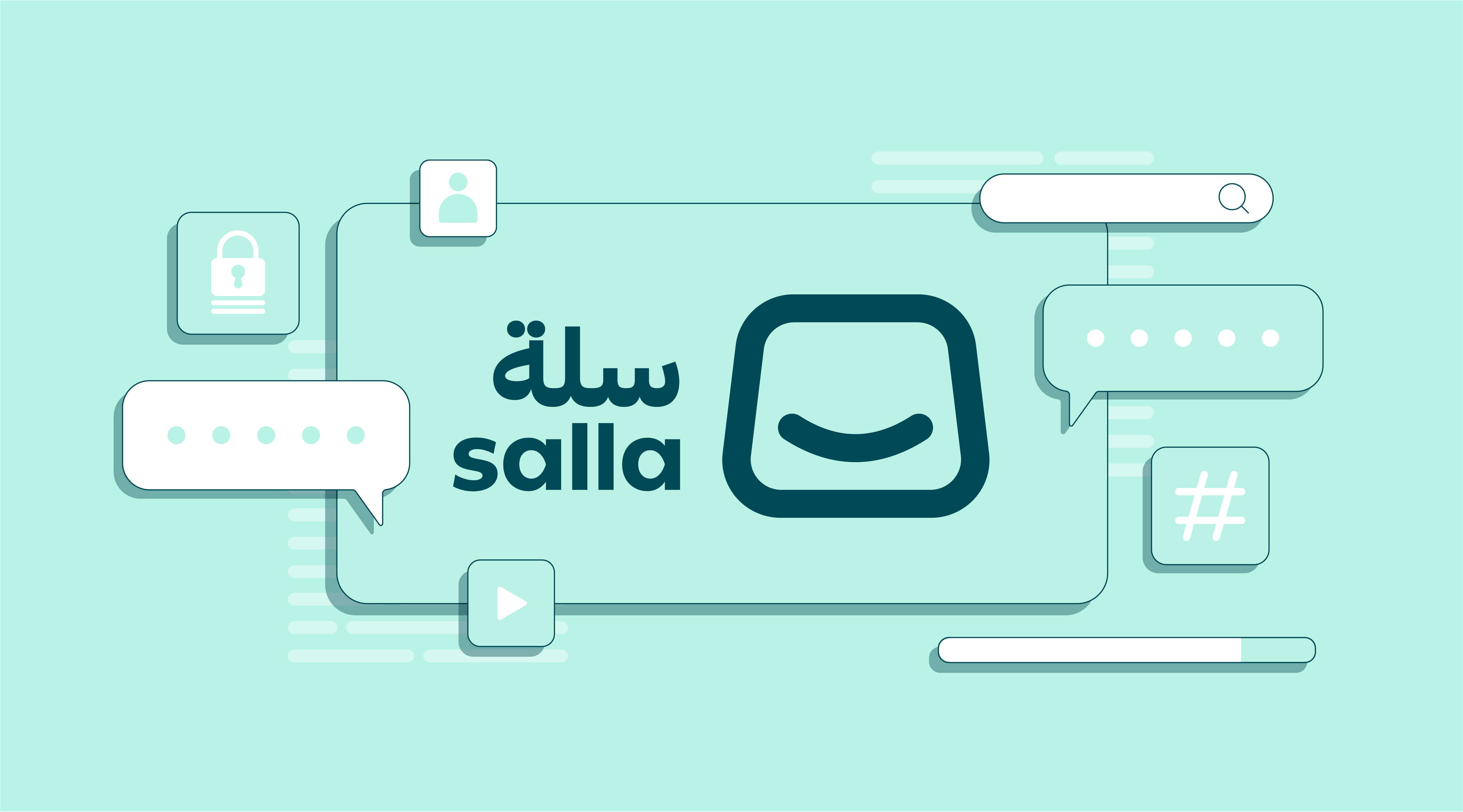
Web Design and Development: Your Complete Guide to Building a Professional Website
Web Design and Development: Your Complete Guide to Building a Professional Website
In today’s digital era, websites have become an essential part of any successful business or personal project. Whether you’re an entrepreneur, a beginner developer, or an aspiring designer, understanding the fundamentals of web design and development is the first step toward building a strong online presence.
In this blog post, we’ll cover the difference between design and development, the most common tools and languages, and expert tips for creating a professional website.
🚀 What’s the Difference Between Web Design and Web Development?
🎨 Web Design
This focuses on the visual look and user experience of the website. It includes:
- UI Design (User Interface)
- UX Design (User Experience)
- Choosing colors, fonts, images, and layout
- Ensuring smooth navigation and accessibility
👨💻 Web Development
This involves the coding that brings the website to life. It’s divided into:
- Front-End: What the user sees and interacts with
- Back-End: Servers, databases, and logic behind the scenes
💻 Key Programming Languages & Tools
🔸 Front-End Development
- HTML: The structure of the webpage
- CSS: Styling and layout
- JavaScript: Interactive elements and animations
🧰 Popular Front-End Tools:
- Bootstrap: Framework for responsive design
- React / Vue: JavaScript libraries for dynamic UI development
🔸 Back-End Development
- PHP / Node.js / Python / Ruby: Server-side programming languages
- MySQL / MongoDB: Databases to store content
- APIs: Used to connect external services and data
🧠 Steps to Build a Website
- Define your website’s purpose (blog, portfolio, eCommerce, etc.)
- Design the UI using tools like Figma or Adobe XD
- Code the front-end (HTML + CSS + JS)
- Set up the back-end and connect the database
- Integrate front-end with back-end
- Test for performance, responsiveness, and bugs
- Host your website using a domain and web hosting provider
🌐 Best Platforms to Build Websites Without Code
If you’re not a developer, here are beginner-friendly platforms:
- WordPress – Great for blogs and business sites
- Wix / Webflow – Drag-and-drop site builders
- Shopify – Ideal for eCommerce stores
🔧 Must-Have Tools for Web Designers & Developers
| Tool | Purpose |
|---|---|
| Figma | UI/UX design |
| Visual Studio Code | Code editing and development |
| GitHub | Version control and team collaboration |
| Chrome DevTools | Inspect and debug web pages |
| Google Lighthouse | Performance and SEO auditing |
📚 Best Resources to Learn Web Design & Development
💡 Tips for Building a Great Website
- Keep the design clean and simple
- Ensure full responsiveness across devices
- Optimize for fast load speeds
- Implement SEO best practices
- Prioritize user experience (UX) always
✨ Final Thoughts
Web design and development is a craft that blends creativity with technology. Whether you learn it yourself or hire a professional, having a fast, responsive, and well-designed website reflects your brand’s professionalism and gives you a competitive edge online.


